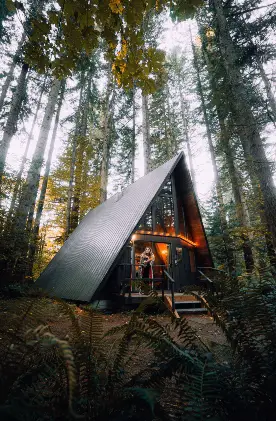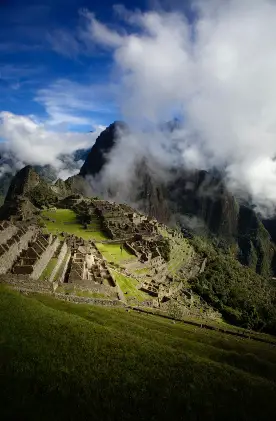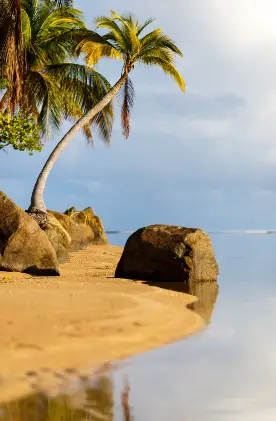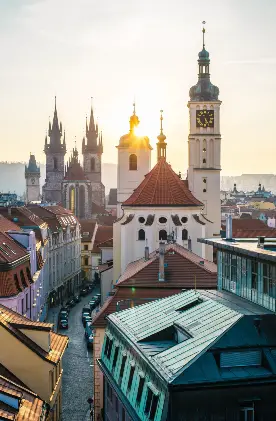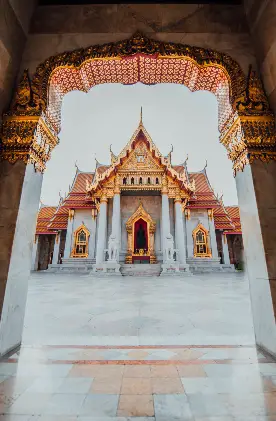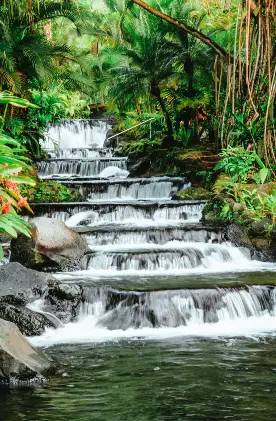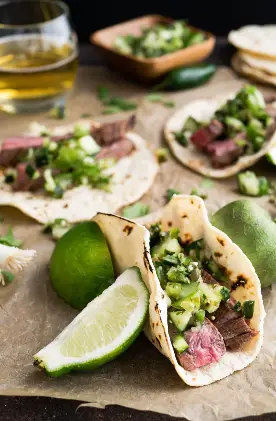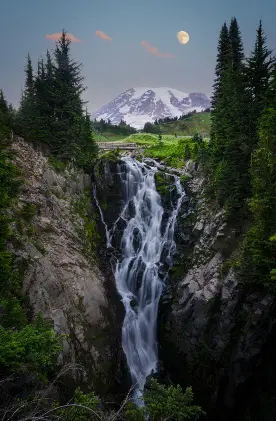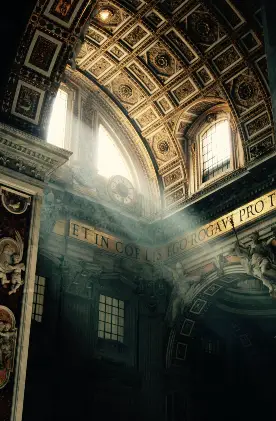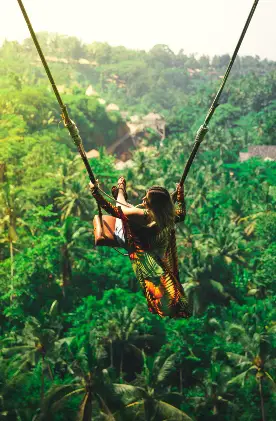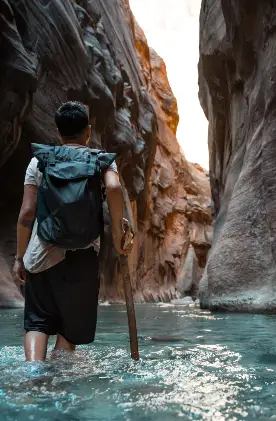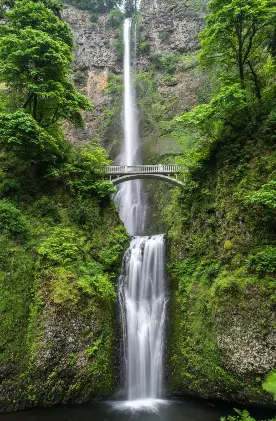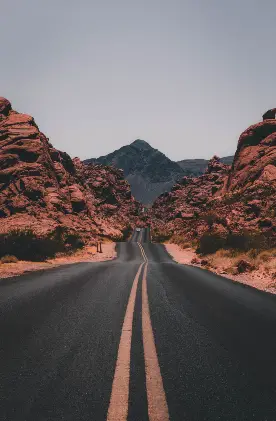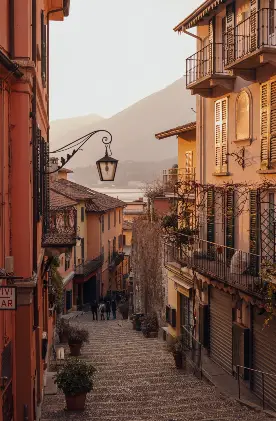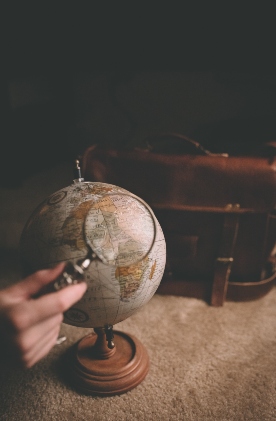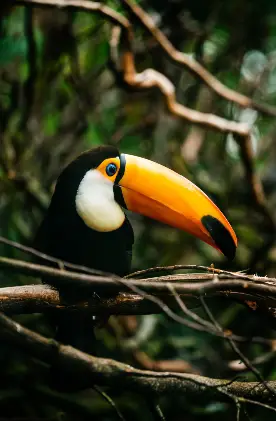Welcome to my travel guide on the fascinating country of Tunisia. My name is Jason Billam. I’m 25 years old and live in Cambridgeshire. I was born in Beverley, East Yorkshire and lived in Hull until I was four years old. My Dad got a good job in Cambridge and so we moved down south.
Travelling wasn’t a big part of my childhood. We tended to go on the standard two week holiday to Spain or France every year or so. I suppose my inspiration for travelling emerged from the fact I only saw glimpses of the world in my early life. I had (and still have) an insatiable desire to experience the world, learn more about it and document new places.
When I was 20, I lived in China for a year as part of my work experience at university. It was the first time I had seen a totally different culture and working in a hotel taught me a lot about what I wanted to do with my life. I thrived in China on my days off, visiting new places whenever I could.
Yet on my working days I found the monotony of hotel life prisoner-like. I knew I couldn’t work for anyone else again. I was desperate to make my own decisions and vlogging came about as a way to do that – turning my passion into a profession. It was a no-brainer and I haven’t looked back.
Six Incredible Weeks in Tunisia
I had never been to North Africa before setting off on my Algeria-Tunisia trip. Tunisia picked up a bit of a bad rep following the Sousse Terror Attacks in 2015. I knew tourism in the country had been devastated. But my previous experiences in Bangladesh and Pakistan taught me how places unfairly tarnished with risky or dangerous labels are generally misunderstood.
For this reason, Tunisia captured my attention. I was in Tunisia for six weeks. It was October, 2019 and I had just spent a month in Algeria. I crossed the border in a shared taxi from Constantine to Tunis and I was quite tired from squeezing every bit out of my 30-day Algerian visitor visa. For that reason, I decided to take advantage of Tunisia’s long stay tourist visa.
The idea was to take my time visiting a number of different places: staying in the Old Medina of Tunis (the capital city of Tunisia), visiting the beach at Hammamet, then the beautiful blue and white cliffside town of Sidi Bou Said, and the historic structures of the ancient Carthage.
From there, I made my way down to Sousse, taking day trips to Kairouan and El Jem. Then further south to Tataouine and Chenini, before spending a few days on Djerba Island. Six weeks flew by and it was such an epic trip!
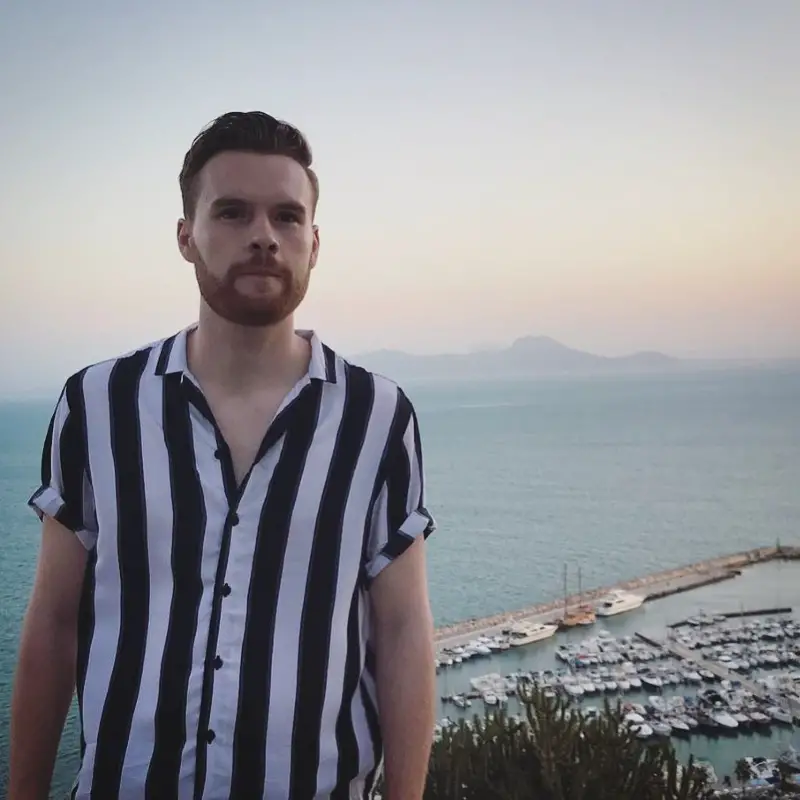
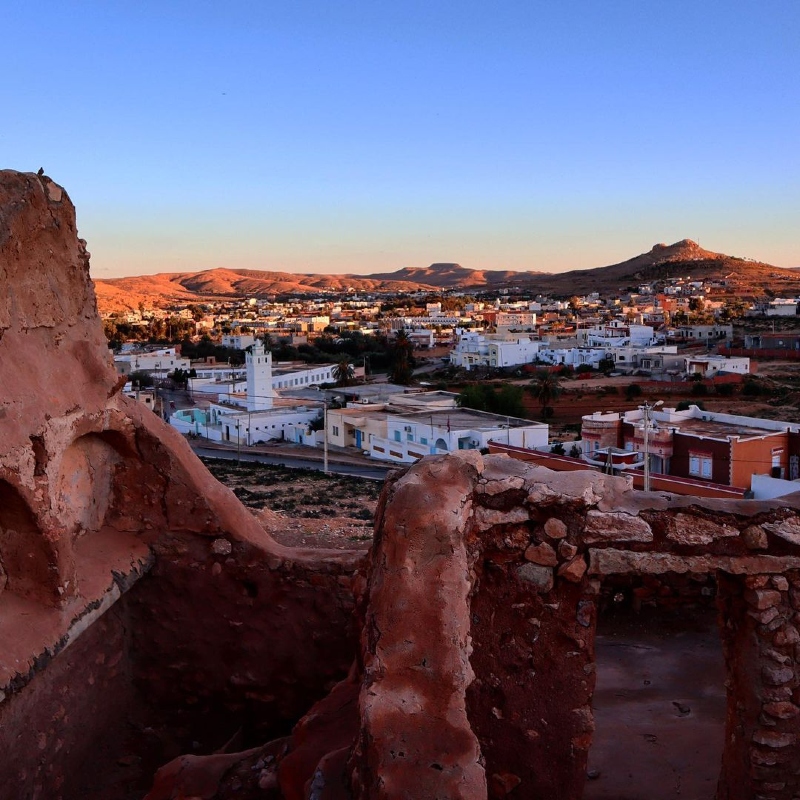
Favourite Place in Tunisia: Chenini
Without a doubt, my favourite place in Tunisia was Chenini. It was one of those places I didn’t know much about before visiting. All the better because it blew me away! It’s a tiny village in the middle of a vast and dry landscape. Sitting high above a valley, the buildings are a golden sandy colour and illuminate in the sunlight of the late afternoon.
There’s a white mosque which stands out amongst the colour scheme of the rest of the village and desert backdrop. It’s small enough that you can hear whenever anyone has a conversation. The voices of children playing at the bottom of the valley echo up during the day, which adds to the charm.
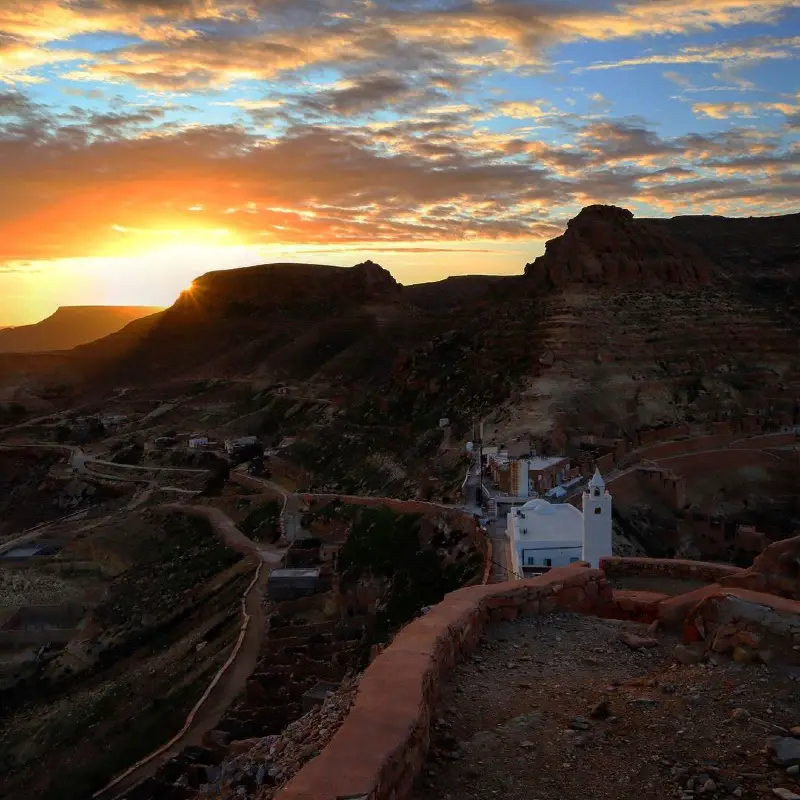
10 Best Things To Do in Tunisia
1. Spend a Night in a Cave-Like Hotel in Chenini
Simple, authentic and grossly underrated – Chenini was my favourite place and a must-visit for any traveller to the country. Spend a night in the cave-like Kenza Hotel and wonder at the effortlessness of village life.
2. Discover the Awesome Colosseum at El Jem
The El Jem Amphitheatre is better than Rome’s Colosseum, in my opinion. It’s the second largest colosseum in the world and you are able to freely explore the site. You can even traverse down to the depths beneath the amphitheater where prisoners were kept. It’s here in the dark where you can imagine the true horror of those that were chained and forced to fight.
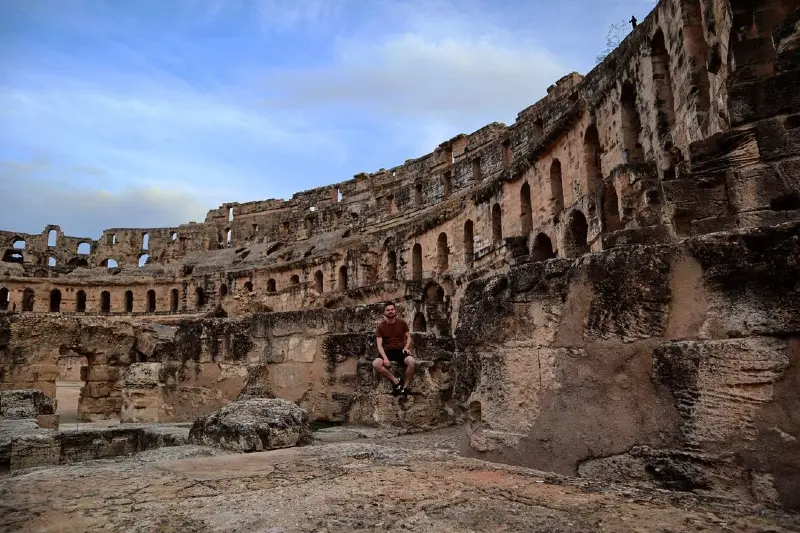
3. Eat the Couscous Wherever you Go in Tunisia
Couscous is the country’s staple food and a must-try when visiting. Eat it with fish, meat, chicken or go with vegetables! It’s healthy and hearty. Indeed, the best tasting couscous in the world can be found in Tunisia.
4. Watch a Majestic Sunset at Sidi Bou Said
This gorgeous blue and white town overlooks the azure waters of the Mediterranean Sea. Spend a late afternoon wandering around the quaint shops and restaurants, and take in a majestic Sidi Bou Said sunset.
5. Get Lost in the Winding Lanes of Kairouan
Kairouan is said to be the fourth holiest city in Islam due to the history surrounding the Great Mosque of Kairouan. Get lost in the colourful winding old lanes of Kairouan which are full of surprises and charm.
6. Go Shopping on the Calm Djerba Island
Djerba Island is a calm island off the coast of Tunisia with pretty Ottoman guest houses, forts and a famous synagogue. There are plenty of shops to pick up souvenirs in the pleasant Houmt Souk (market neighbourhood).
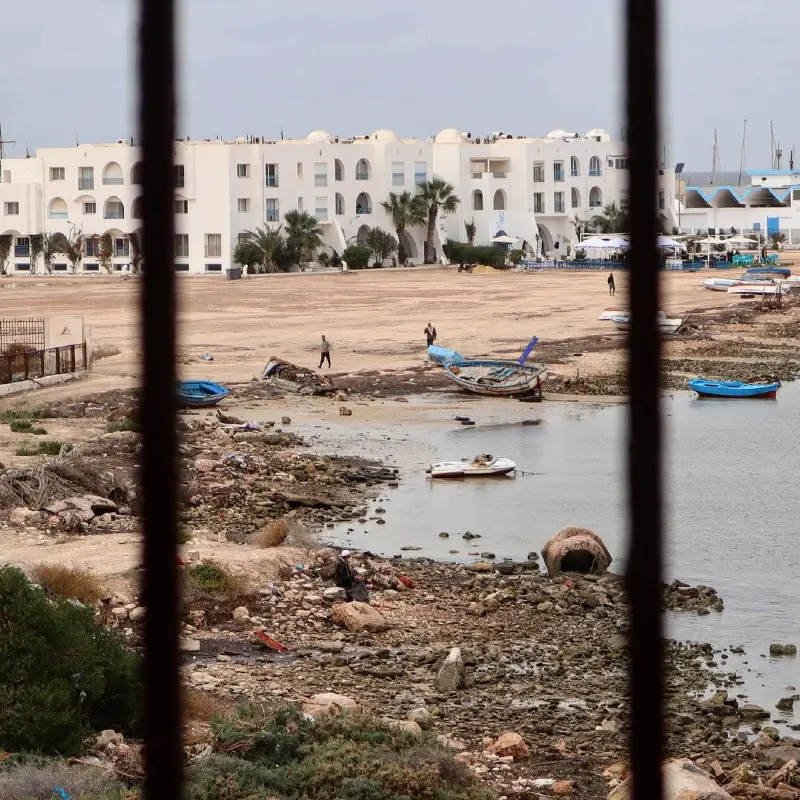
7. Explore the Ancient Ruins of Carthage
An ancient site worthy of far greater attention. If you appreciate history, you will be impressed by the remaining structures that pre-date the Roman Empire. Carthage is the name of the commune and archaeological site.
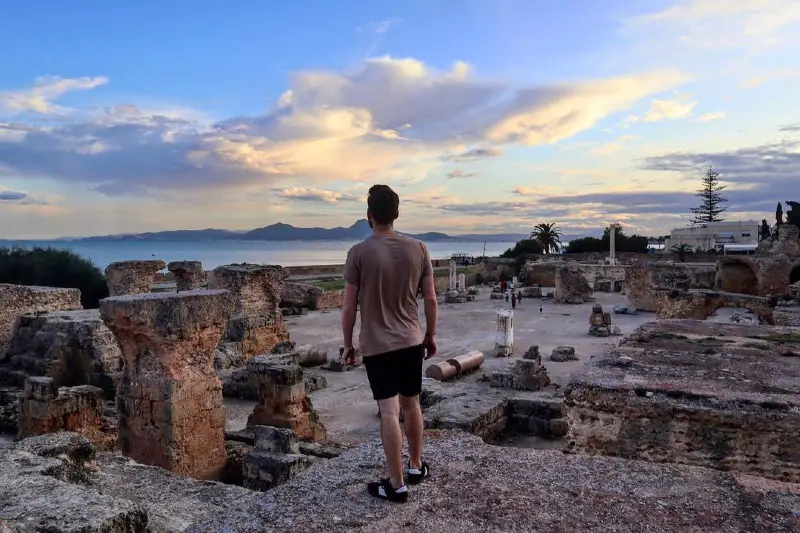
8. Visit Sousse for its Central Town and Medina
The city recently tarnished by the events of 2015 has a pleasant central town and medina. Be sure to head up the Ribat for spectacular views of the city. Head to the sea nearby to dip your toes in the sand and Med Sea.
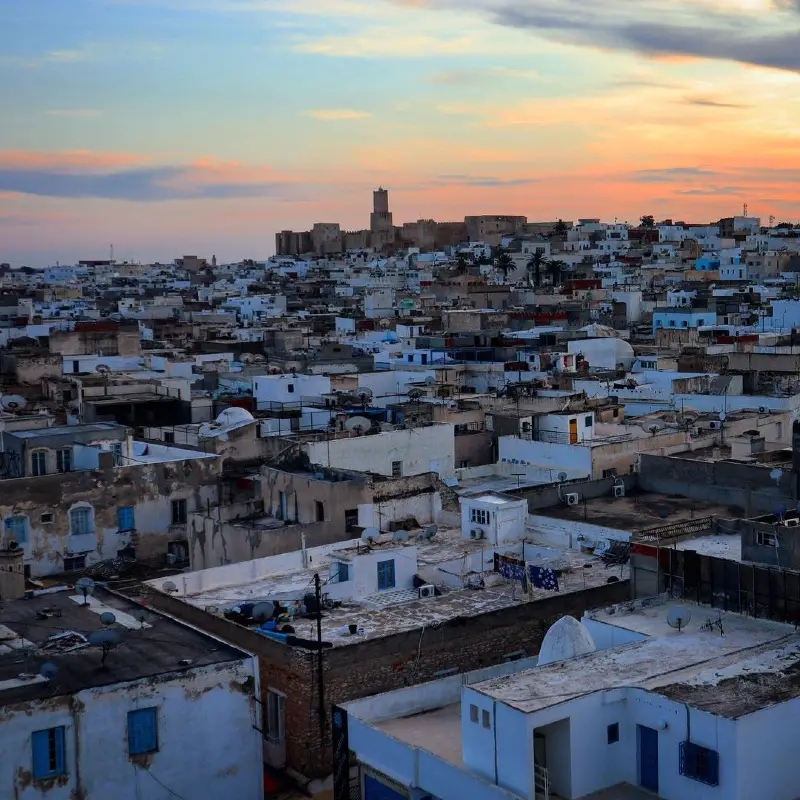
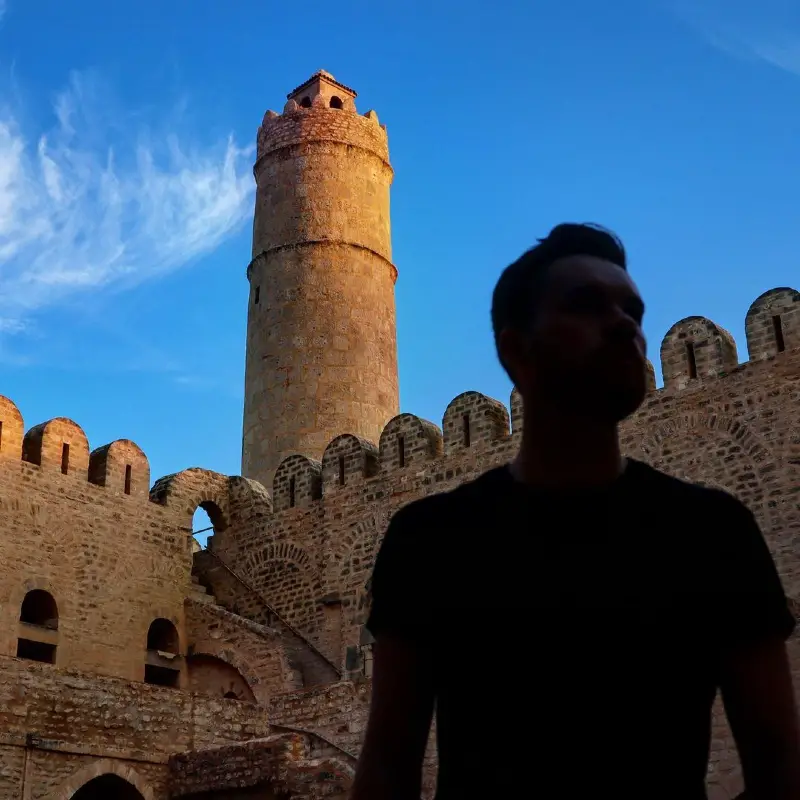
9. Head to the Capital to See the Old Medina
The deeper you go at the Old Medina of Tunis, the more you feel the old world atmosphere. It’s clean and safe, unlike some other medina’s in North Africa. There’s the famous Zaytuna Mosque in the middle of the medina which you should check out. Also, don’t miss the chance to rest-up in one of the authentic cafes overlooking the whole maze from its rooftop.
10. Try Harissa – A Hot Red Chilli Paste
Harissa is not going to be everyone’s cup of tea but that shouldn’t stop you from trying it. This local side dish is a spicy paste made from fresh red chilli peppers. I would argue its importance is akin to Kimchi for Koreans.
Fabulous Mix of Cultures in Tunisia
Like their North African counterparts, Tunisians are hospitable for sure. In terms of culture, Tunisia is the product of an interesting mix. The French influence impacts the language, the Ottoman architecture defines buildings and streets, and the Roman era leaves incredible structures.
Then you have a population made up of Arabic and Amazigh people, which is an interesting blend. I didn’t spend as much time with locals in Tunisia simply because I had spent a month doing that in Algeria, without any breaks. I did meet some friendly locals who I had day trips with, though.
What to Expect with Tunisian Food
Couscous is the main staple and tea culture is strong in Tunisia. Seafood like grilled fish is common around the coast of the country and you will come across a lot of French named pasta dishes such as ‘fruits de mer’. The best couscous I tasted was at Restaurant La Calèche in Sousse.
Best Places to Stay in Tunisia
Try to stay in the old Ottoman guest houses in Tunisia – the ones with tiled rooms and square courtyards. Dar Ya Hostel (private room) is a great cheap option in Tunis and so is Hotel Erriadh on Djerba Island. But for a different, desert feel, the standout accommodation has to be Kenza Hotel in Chenini.
Need to Know Before you Go
I know that Tunisia hasn’t had as many tourists in recent years as they would have liked. Expect more people to make conversation with you and perhaps push you a little harder in those touristy shops. Things are starting to look up in the country and I don’t think you have much to worry about.
It’s actually an easy country to travel – but knowing a little French helps with taxi drivers and menus. Thanks for reading and I hope you enjoy visiting this country as much as I did! Feel free to reach out to me if you have any questions or would like more information on travelling to Tunisia.








